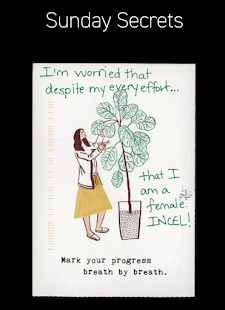Kinetic and interactive poetry- Hannah S.
This category of poetry explores how technology and computers effect poetry and its relationship to the reader. Kinetic poetry uses text that changes and moves through animation which impacts the meaning of the poetry. The movement of the words enhances the experience of the poem. The interaction with poems adds another dimension as well as the reader is able to participate in the text. The style, format, etc. can change the meaning or interpretation for each reader. Compared to concrete poetry, the addition of animation, movement, or interaction creates a whole new realm of reader experience. However, Rettberg does point out that the layout of a concrete poem can have a similar impact since the shape can have as much importance as the words themselves. It was interesting how moving text in early films are similar to more modern visual art. While technology has evolved, it is interesting that the ideas and foundation have been built for a long time. It's amazing how many different platforms there are for creating such media. These spaces have allowed creators to make a community where they can share ideas, coding, projects, etc. Having this kind of community can make it more accessible for people who are just starting.
https://talanmemmott.info/?p=45
I looked into Talan Memmott's "The Hugo Ball." This is based on another poem of the same name. The project was created in Flash and featured a crystal ball with a face inside of it. The viewer must move their mouse over the face to begin. The face then begins to say words from the original poem in a random order. Honestly, the execution of this work is a little scary. The face is not the friendliest looking thing in the world and the fact that it spit out nonsensical poetry is a little haunting all together. With that said, I like the idea of it. Taking other poetry, your own or otherwise, and randomly generating the words into something new is intriguing. It reminds me a little of Taroko Gorge and how the words are input but they are produced in random lines to create a new poem.


I also agree that interacting with poems creates a second dimension. I like your bring it to the table piece! Kind of reminds me of Snow white and the mirror mirror on the wall...
ReplyDelete